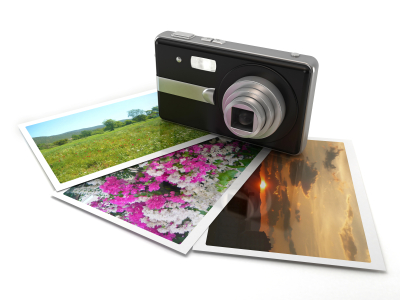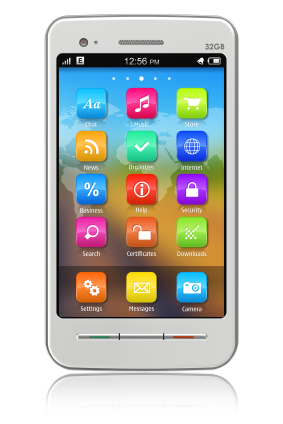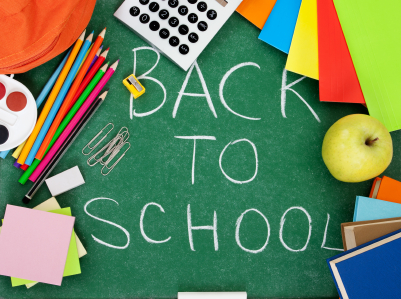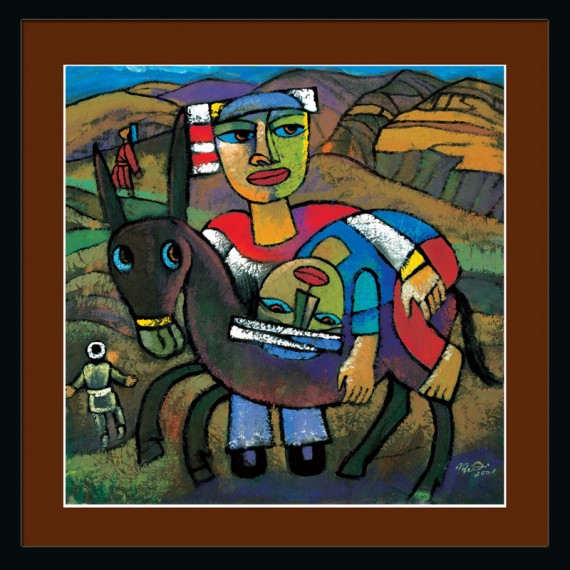Did you know there is a man whose only job is to keep track of injuries in professional sports? His name is Will Carroll. I heard him on the radio discussing specific baseball and football injuries, and the impact those injuries would have both on individual players and on their teams.
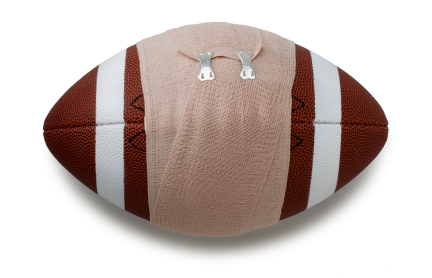
At a time when millions of dollars are riding on each and every game, injuries have a big impact. Someone needs to keep track of them for fantasy sports players, those who wage their hard earned money on games, and even casual fans. Will Carroll has carved that niche. He has made a career involving the things he loves: writing, talking, and sports.
Seth Godin says that’s the way to become a linchpin. Be indispensable. Discover your passion. Do what nobody else is doing (or not doing very well).
Examine your life right now:
- How can you contribute in a unique and distinct way in your workplace?
- What passion can you pursue outside of the workplace that will find its own niche?
- What gap can you fill at work, at home, or amongst your friends?
- What is it that makes you indispensable?
Don’t let your passion die. Find a way to live it out. Write down your dreams and goals. Make a way for your gifts, talents, and knowledge to provide a unique contribution.
You can do it. I know you can. I’d love to see what my readers discover, create, or start.
What would you do if you knew you could not fail?

